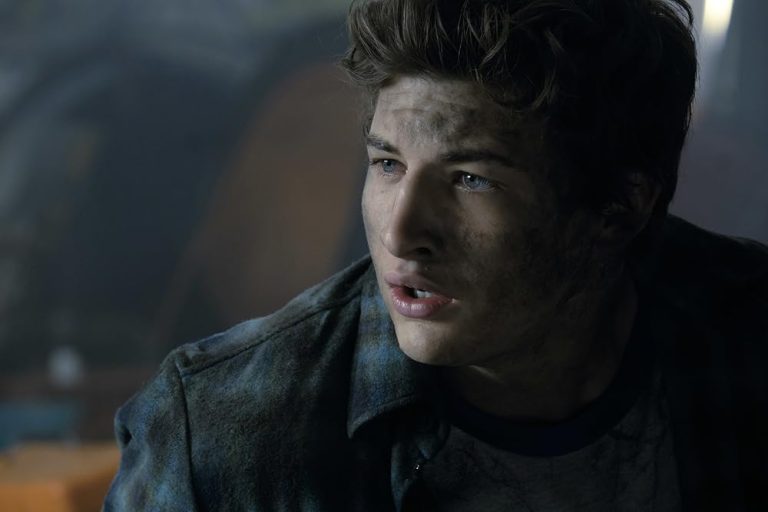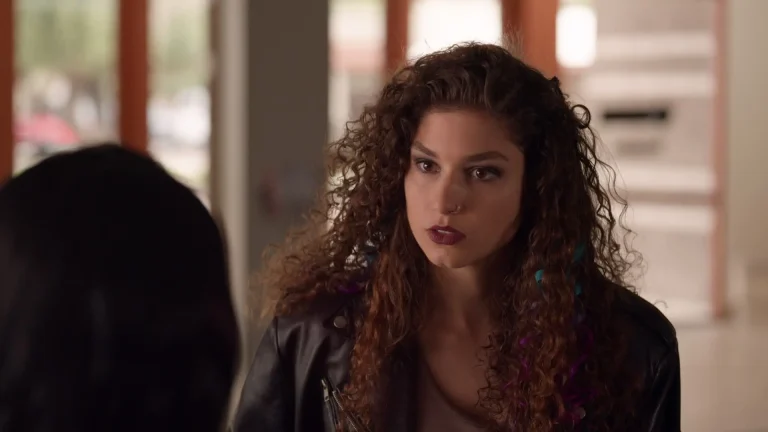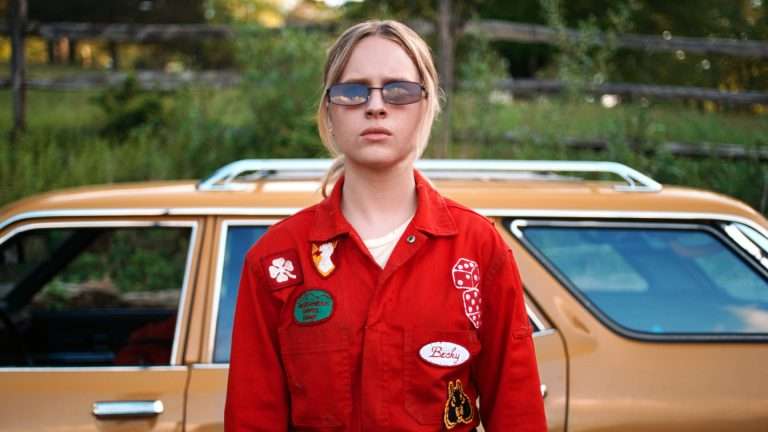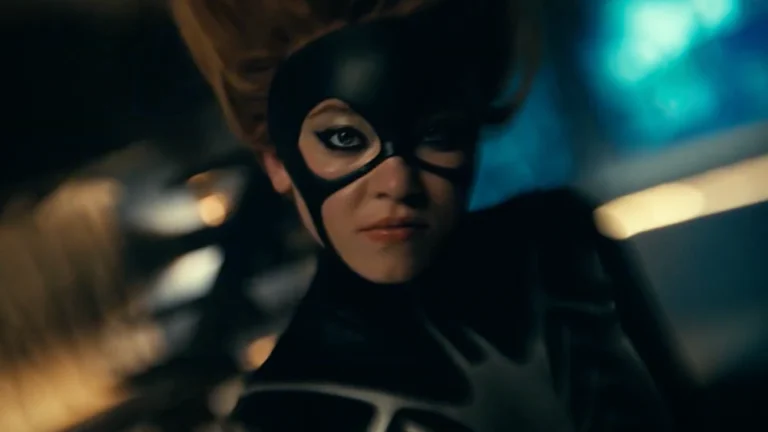Federico Fellini’s “8½” (1963) remains one of the most exciting portraits in the history of cinema, a film about the hardships of making a movie, and by extension, the complicated nature of understanding yourself. More than six decades later, this is a movie that still feels alive: a cinematic exploration that collapses the distance between art and artist, dream and memory, past and present, innocence and corruption. “8½” explores many thematic ideas within the span of its 2-hour runtime.
Few works perfectly embody the feeling of being trapped in one’s own imagination. Through its dreamlike structure, visual language, and emotional honesty, “8½” is not just a film about making movies, but it is a reflection on the very act of creation and the emotions that fuel it. To quote Fellini, “There is no end. There is no beginning. There is only the infinite passion of life.”
At the center of this swirling, hallucinatory narrative is Guido Anselmi (Marcello Mastroianni), a successful film director affected by creative paralysis. He is supposed to be preparing his next project, a sprawling science fiction epic, but finds himself completely unable to move forward. The film that Guido cannot make gradually becomes “8½” itself.
Trapped between his artistic ambitions, his fading marriage, and his own restless mind, Guido drifts through a purgatory of memories, fantasies, and experiences. Fellini doesn’t so much tell his story as he dreams it: scenes bleed into one another, time and logic dissolve, and Guido’s mind becomes the landscape. Every moment exists on the threshold between what is real and what is a figment of the imagination.
From its opening sequence, Fellini declares that “8½” will obey the logic of dreams, not reason. Guido, trapped in his car in a suffocating traffic jam, suddenly begins to float upward into the sky, his arms outstretched in silent freedom, until he is yanked back down by a rope tied to his ankle. It’s one of the most lasting metaphors ever put on film, capturing the artist’s eternal tug of war between the desire to transcend and the forces that hold him to earth. When Guido awakens in a sterile spa resort, the transition is seamless, yet the spa itself feels equally dreamlike, its corridors filled with strange figures and whispered voices.
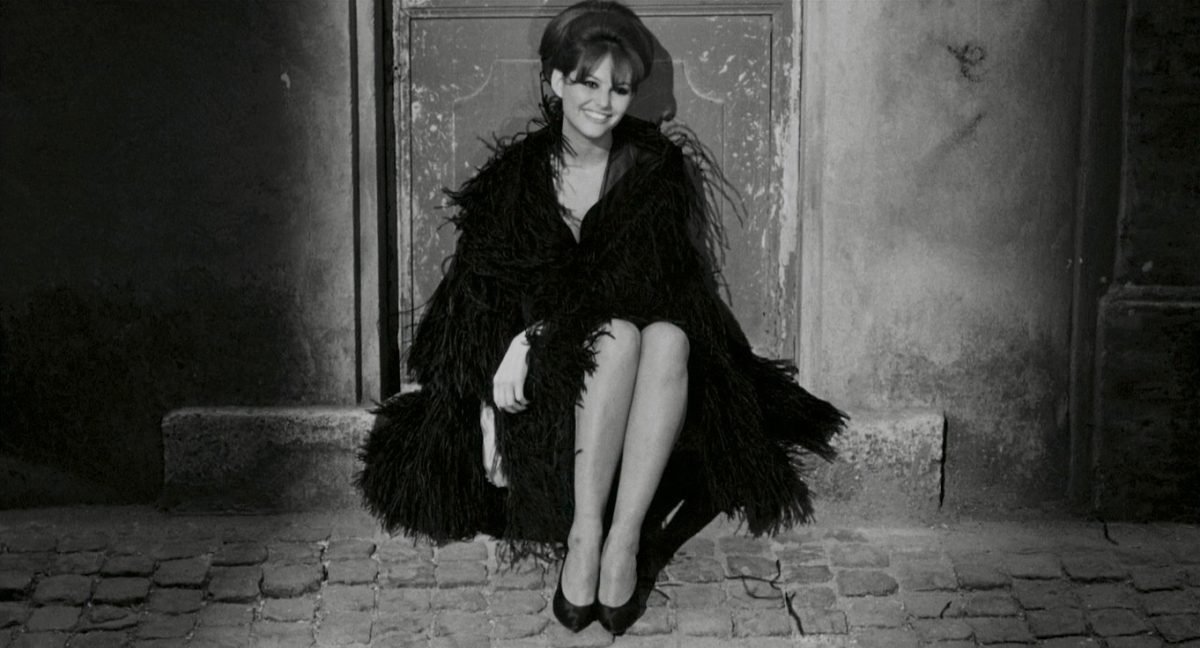
Gianni Di Venanzo’s black and white cinematography transforms light and shadow into psychological states. Fellini and Di Venanzo compose each shot like a painting—sometimes intimate, sometimes operatic, while the camera glides restlessly, mirroring the turbulence inside Guido’s head. In crowded hotel lobbies or empty film sets, the lens seems to float, searching for meaning in the swirl of movement and chatter. The effect is hypnotic: we feel as though we are inside Guido’s stream of consciousness, seeing the world as he does. This was one of the things that struck me the most upon first viewing.
Nino Rota’s music contributes immeasurably to the film’s dreamlike texture. His melodies alternate between the carnivalesque and the melancholic, between circus music and requiem. This tension gives the film its emotional rhythm. Fellini treats sound as another layer of dream logic: conversations overlap, noises fade in and out, and silences hang with unease. We are never sure whether we are hearing the world as it is or as Guido perceives it. The sound design in this film is on another level, and it contributes to a feeling that the film itself is alive.
Also Read: Cinema on Cinema: 30 Great Films About Films
The settings used in this film act as extensions of Guido’s subconscious. The huge movie set being constructed for his abandoned science fiction epic, a colossal rocket platform stretching toward the heavens, stands as a monument to ambition. It is an image of creation halted mid birth, an absurd temple to a film that will never exist. A science fiction project that could have been.
Everywhere Guido turns, the physical world reflects his mental state: bustling crowds, intrusive journalists, meaningless rituals. Fellini populates his frames with movement and noise, yet Guido remains detached from it all. He is surrounded by life but unable to participate in it, imprisoned in the role of observer.
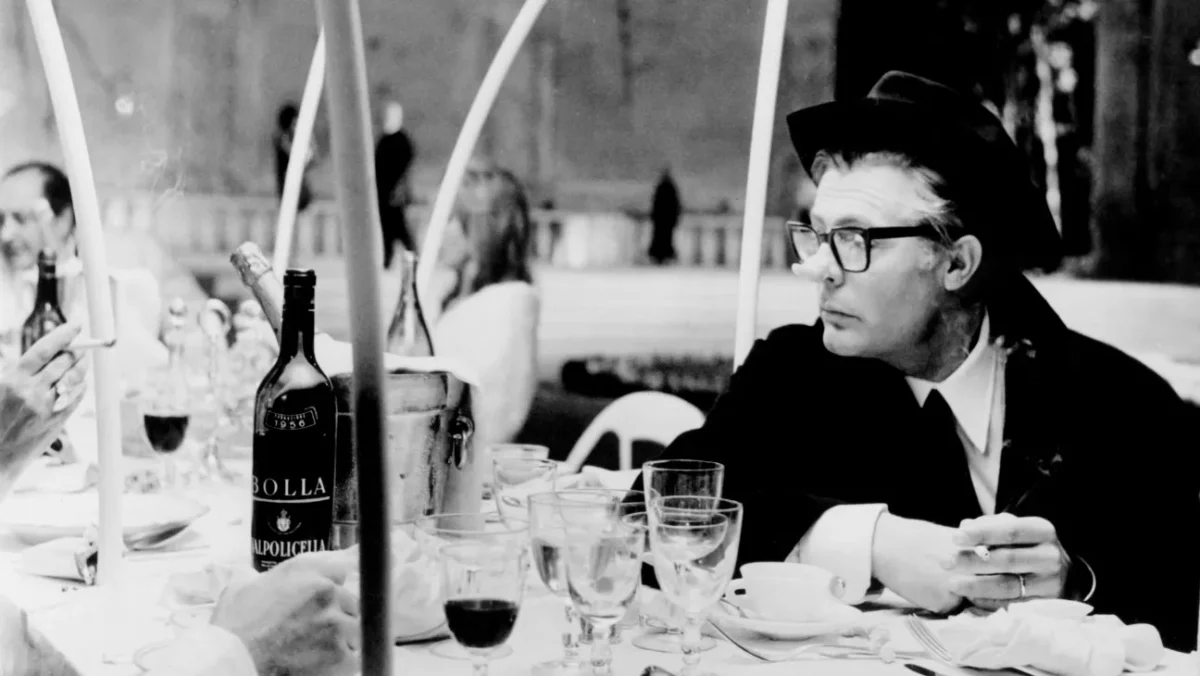
Fellini conceived “8½” during a period of deep uncertainty following the overwhelming success of “La Dolce Vita” (1960). Unsure of how to follow it, paralyzed by expectation and self-doubt, he turned his anxiety about his next project into art. By making a film about his inability to make a film, Fellini invented a new kind of self-reflexive cinema, one that acknowledges confusion as a creative force.
This honesty, this willingness to reveal the cracks in the artist’s facade, is exactly why this film works. For Fellini, chaos and clarity are companions rather than opposites, and an artist’s failure can become the very thing that wakes him up. Those quiet stretches of self-reflection are often where the real artistry starts to emerge.
What keeps “8½” from collapsing under its self-referential weight is its emotional generosity. Beneath the intellectual games and visual splendor lies a film about forgiving the past. In the final moments, after Guido has abandoned his film and nearly surrendered to despair, he envisions a radiant reconciliation: all the people from his life, lovers, friends, parents, collaborators, joining hands in a joyous dance around him.
The scene, staged like a circus parade, transforms personal breakdown into cosmic harmony. Fellini suggests that to live, and to create, is to accept the dance. The line between art and life dissolves entirely, replaced by pure movement, pure rhythm. Few endings in cinema are as liberating. The despair of the artist gives way to the wonder of being human. “8½” ends not in resolution but in acceptance of what it means to be an artist.
Fellini revisited this theme later in “Orchestra Rehearsal” (1978), an underrated companion piece that turns artistic chaos into political allegory, once again affirming his belief that disorder and beauty are intertwined. I recommend anyone who enjoys Fellini to check out “Orchestra Rehearsal,” which is one of my favorites.
Ultimately, “8½” defies any conventional notion of being “understood.” At the risk of sounding cliché, this is a movie that needs to be felt. It flows like memory and unfolds like a dream, relying on dream logic and capturing the elusive rhythm of consciousness itself. Through its surreal imagery, self-examining humor, and emotional dialogue, Fellini turns his own artistic journey into something universal.

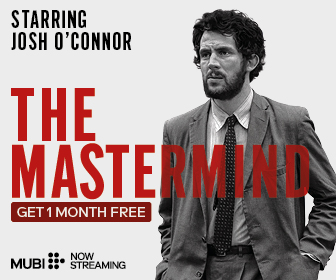

![Green Book [2018] Review – An Irresistibly Charming Film](https://79468c92.delivery.rocketcdn.me/wp-content/uploads/2018/12/greenbook_film-768x433.jpg)
